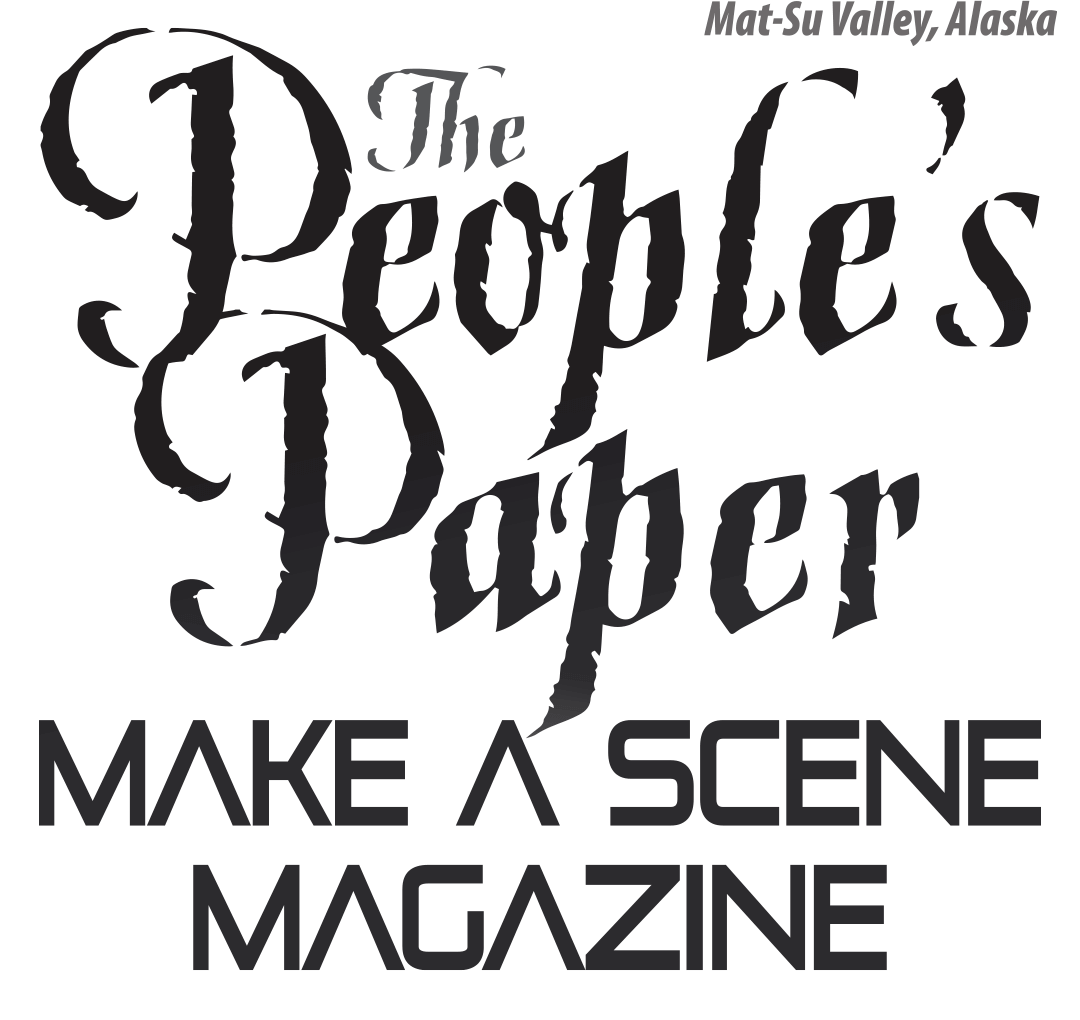Contributed by Richard Estelle, Palmer Museum of History & Art
Fall roundup of cattle on the open range has not always been associated solely with ranches on the plains of west Texas or Montana. For many years, farmers of the Matanuska Valley held their own roundups among the peaks of the Talkeetna Mountains.
When planning for the Matanuska Colony project began in 1934, the government selected lands in the Matanuska Valley to be set aside as a community center for a new town and as individual farm sites for the new colonists who would arrive in the spring of 1935. In addition, certain large areas were established as communal grazing lands where farmers could pasture dry or young cattle in summer which they wouldn’t otherwise be able to support on their forty acre farms.
One of those designated grazing parcels was in the Gold Mint Valley of the Little Susitna River in the Hatcher Pass area of the Talkeetna Mountains north of Palmer. A gate was placed on the bridge where the narrow roadway up the valley crossed the Little Susitna headwaters stream. Beyond the gate was a pole corral and loading chute.
The Alaska Rural Rehabilitation Corporation that managed the colony project required farmers wishing to place livestock on the area to have them tested for disease and to brand them prior to release. Since most farmers didn’t own a brand, the corporation provided a number of branding irons for this use and recorded which farmer would be using each brand for the season.
The cattle to be placed on the range when it was opened in spring were trucked up to the site as the individual farmer was ready to move his stock. In the fall, when all the cattle were rounded up, all the owners showed up to help with the gathering and to claim their own stock.
This month’s photo, from a color slide taken by Don Irwin, shows farmers working together in the fall of 1952 to separate some of the young stock that have been herded down from throughout the valley to the corral to be loaded onto trucks for the trip back to their home farms. People in the photo are not identified.
Another photo in our collection shows that on at least one occasion sheep were also placed on the range. The wild mountain grass apparently provided adequate forage for the stock to fair well and generally be in good shape in the fall. Predation by bears on the unattended cattle did not appear to be a significant problem.
